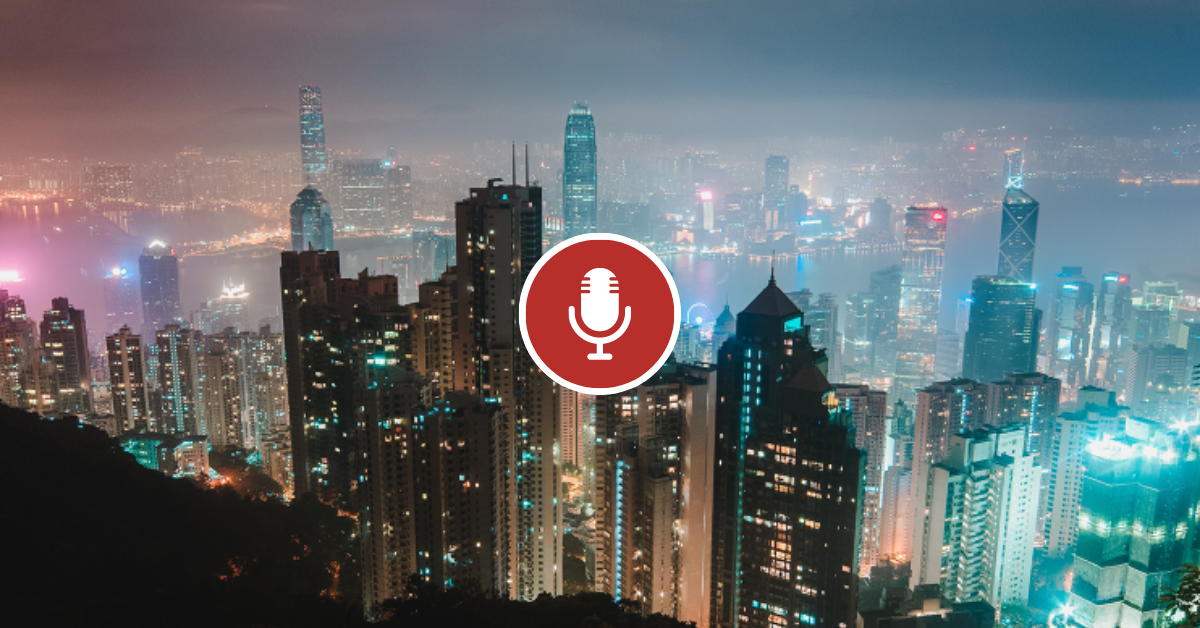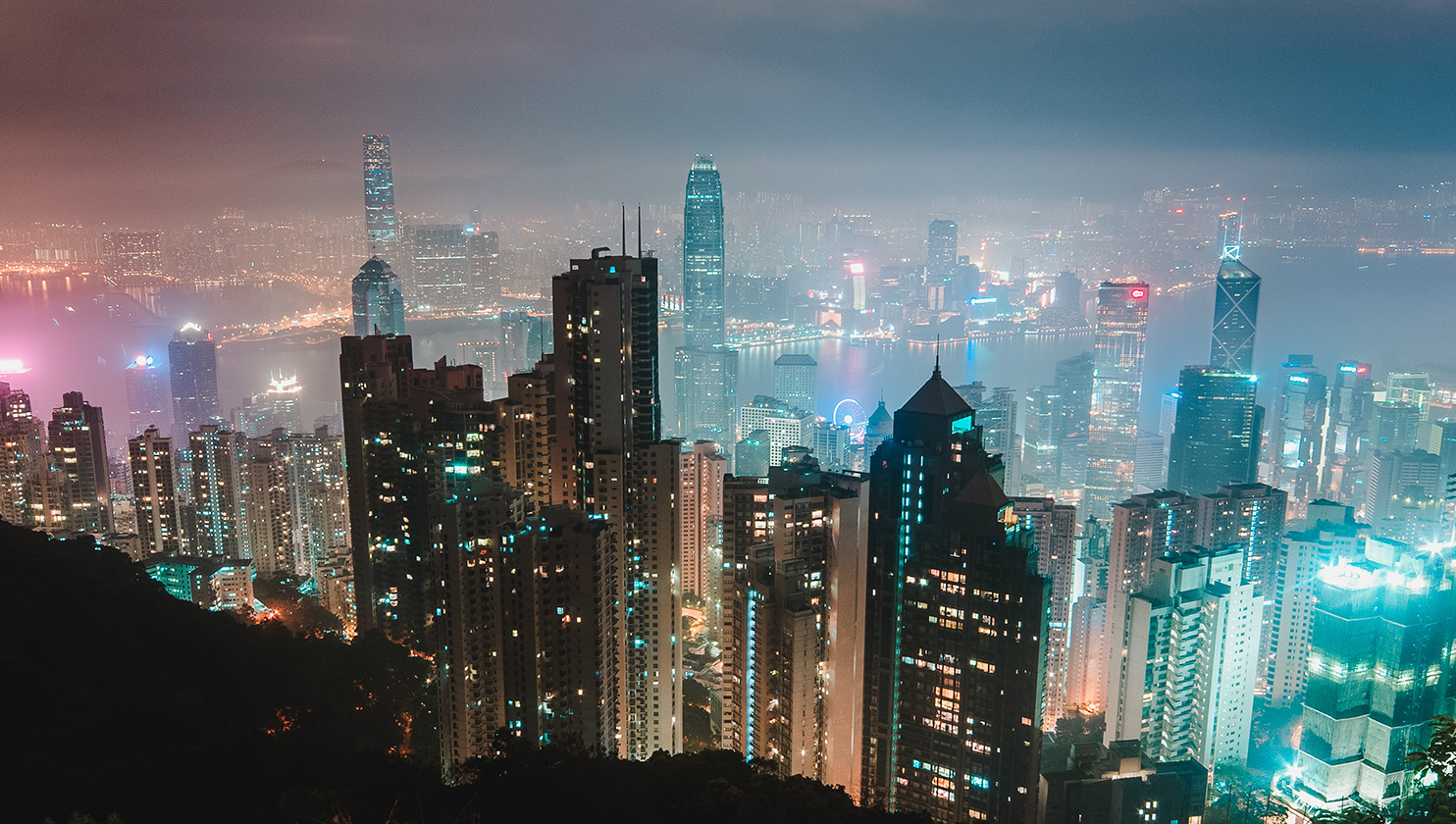As the twentieth century drew to a close, Hong Kong, recently transformed into a Special Administrative Region of the PRC, seemed a city totally unlike any of its neighbors. Many observers were surprised by how light a touch Beijing seemed to be exerting in the wake of the 1997 handover, and the striking contrast between what could be said, done, and published in Hong Kong, compared to mainland metropolitan cities such as Shanghai and Shenzhen. Since the 20th anniversary of Hong Kong’s return to Chinese rule in 2017, controls have tightened dramatically amid fears of tighter political censorship and enhanced self-censorship. However, with the anniversary of the June 4th Massacre approaching, Hong Kong is still the only place on PRC soil where it can be discussed and marked in public. In 2019, what was once a chasm between civic life in Hong Kong and cities such as Guangzhou and Beijing is rapidly closing. What does the future hold for Hong Kong? Will it become just another Chinese city that makes up the Greater Bay Area? The speakers, who have been tracking issues relating to higher education, journalism, protest, and the arts, address Hong Kong’s future under Chinese rule.
Hong Kong’s Shifting Status, 1997-2019
Related Content
What does the future hold for Hong Kong? Will it become just another Chinese city that makes up the Greater Bay Area? The speakers, who have been tracking issues relating to higher education, journalism, protest, and the arts, address Hong Kong's future under Chinese rule.
What does the future hold for Hong Kong? Will it become just another Chinese city that makes up the Greater Bay Area? The speakers, who have been tracking issues relating to higher education, journalism, protest, and the arts, address Hong Kong's future under Chinese rule.

